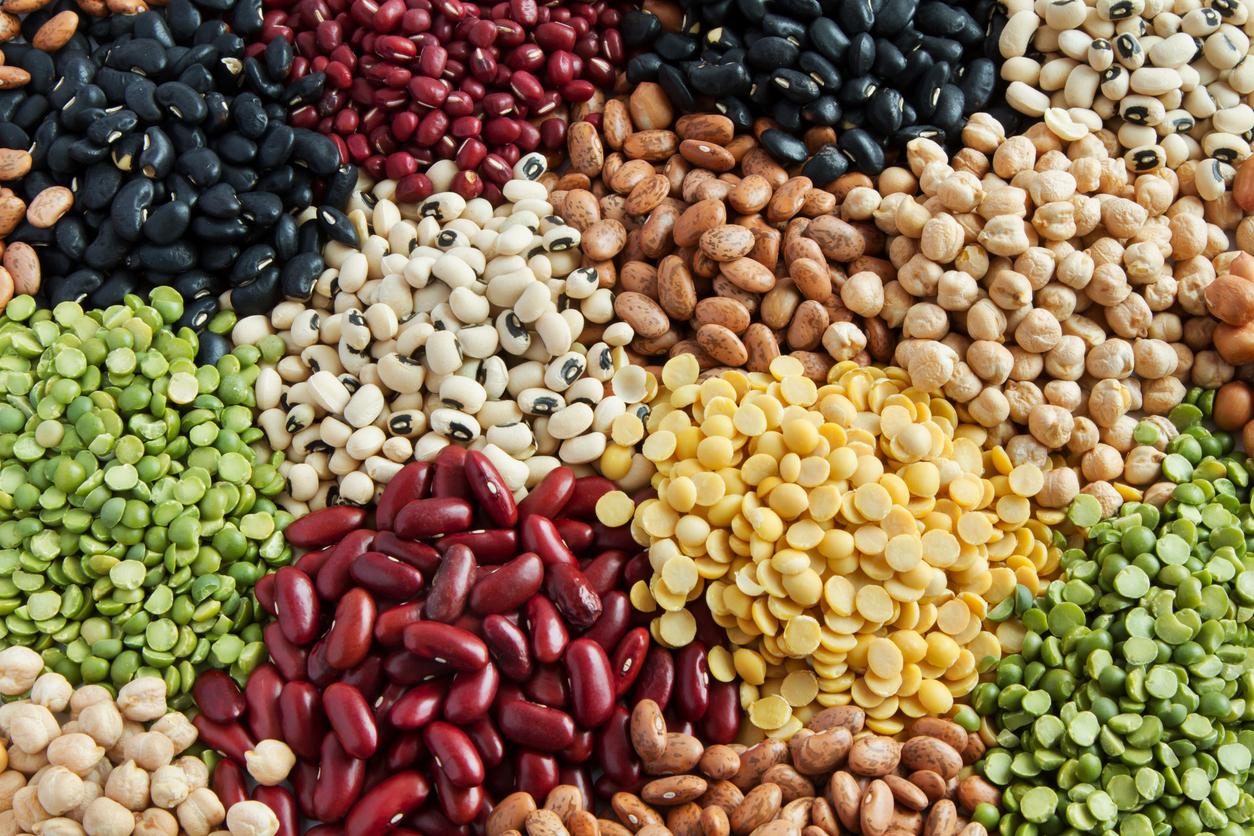The countries of Northern and Eastern Europe, as well as the islands of the Caribbean and Oceania are the most affected by the increase in illnesses linked to dietary habits.

- According to the WHO, red meat includes beef, lamb, veal, pork, lamb, mutton, horse and goat.
- It is considered transformed when it has undergone several processes that have changed its initial appearance: either by salting, maturation, fermentation, etc.
We are consuming more and more processed red meat, and the number of diet-related diseases is increasing. This is the finding of a research team in BMJ Global Health. These scientists point out that it has already been shown that excessive consumption of red meat, especially processed meat, increases the risk of diseases such as intestinal cancer, diabetes or coronary heart disease.
How was this observation made?
To understand developments on a global scale, the authors analyzed data from the Food and Agriculture Organization of the United Nations (FAO) between 1993 and 2018 concerning 154 countries. This gave them information on the production and trade of 14 red meat products derived from beef, pork, lamb and goat, and other six processed foods mainly from beef and pork, preserved by smoking , salting, drying or chemicals. Secondly, they identified in each country the proportion of deaths and years of life lived with a disability attributable to diet due to bowel cancer, type 2 diabetes and coronary heart disease, in people over 25 years old.
More and more deaths around the world
World trade in red and processed meat has increased by more than 148% over this period. The number of exporting countries has decreased, but the number of importing countries has increased. In developing countries, imports of these products increased by 342.5% over this period, and they doubled in developed countries. In 75% of the 154 countries studied in the study, the death rate linked to diet and the number of years lived with a disability for these same reasons have also increased. Globally, researchers calculated that increased consumption of red and processed meat, based on increased trade in these products, was responsible for 10,898 attributable deaths in 2016-2018, an increase almost 75% compared to the figures for 1993-1995. This increase is more marked in developing countries, “largely due to increased demand for meat, brought on by rapid urbanization and rising incomes”, say the researchers. In 2016-2018, the ten countries with the highest proportion of deaths attributable to red meat were the Netherlands, Bahamas, Tonga, Denmark, Antigua and Barbuda, Seychelles, United Arab Emirates, Singapore , Croatia and Greece. More generally, scientists note that the countries of Northern and Eastern Europe, as well as the islands of the Caribbean and Oceania are the most affected.
Consequences on the environment
The researchers point out that this increase in the consumption of red meat throughout the world has other consequences. In Brazil, Paraguay, Argentina and Germany, this increase in exports leads to changes in land use and a loss of biodiversity, which is harmful to the environment.
What are the limits ?
This study is observational: it cannot establish a causal link. Additionally, the researchers acknowledge that many countries import and process red meat products for export, which may have biased their findings. However, the risks associated with processed red meat have been known for several years. In 2015, the World Health Organization classified these products as probably carcinogenic.
















